Nir Eyal is the bestselling author of Hooked: How to Build Habit-Forming Products. In his book, he outlines a framework for creating products that people can’t help but use.
The Hook Model
The hook model is a 4-step process that Eyal says all habit-forming products use.
1. Trigger
2. Action
3. Variable Reward
4. Investment
Let’s take a closer look at each step.
1. Trigger
The trigger is what gets the user’s attention and starts the cycle. There are four types of triggers:
External: Something in the user’s environment
Internal: A thought or feeling
Time: A specific moment or schedule
Location: A specific place
2. Action
After the trigger comes the action, which is the user’s response to the trigger. The action is usually something simple, like checking a notification or clicking a button.
3. Variable Reward
The next step is the variable reward, which is what keeps the user coming back for more. The reward can be anything that the user finds valuable, such as social validation, a sense of accomplishment, or even just a dopamine hit.
4. Investment
The final step is the investment, which is anything that the user does to make the product more valuable to them. This could be something like adding friends on a social network or uploading photos to a service.

